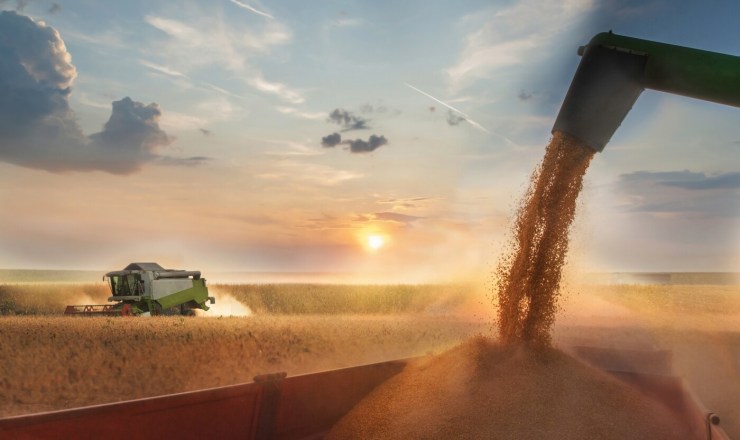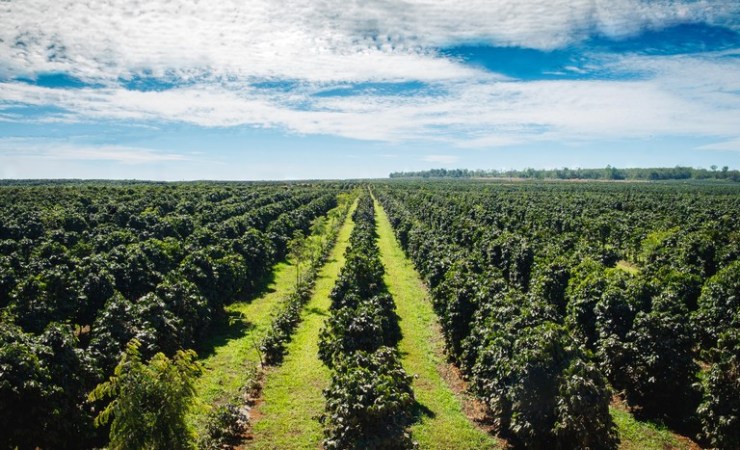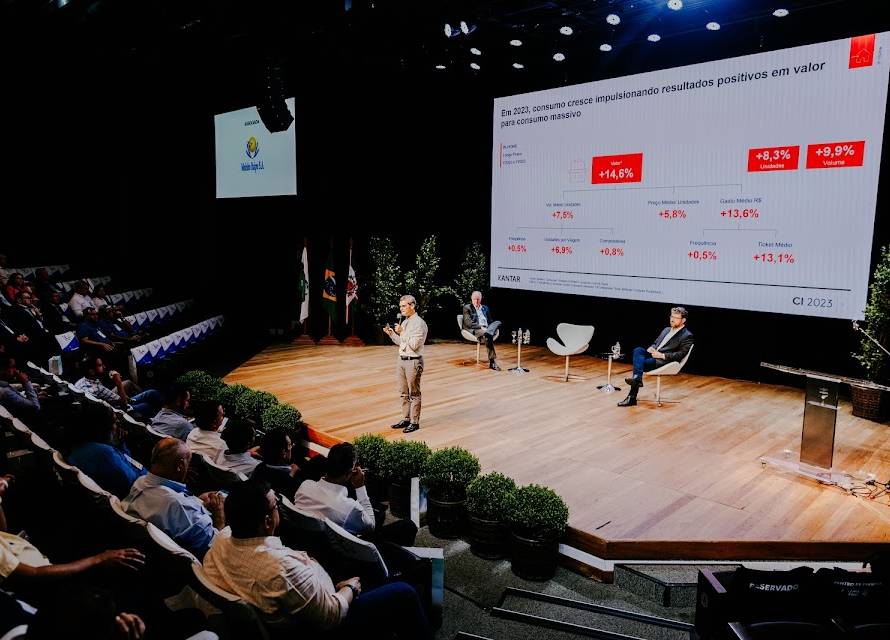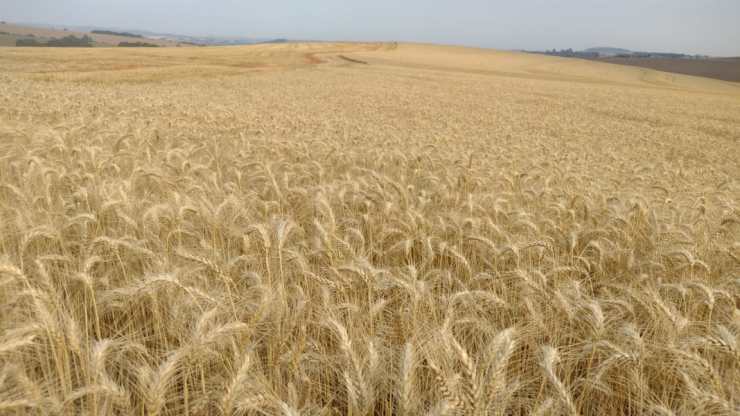The agricultural calendar has opened up one of the most anticipated moments for producers in Western Paraná: the start of soybean planting for the 2025/26 harvest. Since September 1st, the region has been authorized to plant, and producers in some municipalities in the region have taken the first step, signaling the beginning of another production cycle that promises opportunities.
Soil Preparation
Crop profitability is directly linked to good planning. To achieve this, the starting point is the soil, which should be analyzed with the same rigor as a blood test, for example. In addition to checking macro and micronutrient levels, it's essential to monitor soil pH, which should be between 6.0 and 7.0 to ensure maximum nutrient absorption. Physical issues such as compaction, and biological issues related to soil life, also deserve attention.
At Copagril, producers can rely on the Smart Agriculture program, which offers a complete soil diagnosis, enabling more assertive and safe planning to achieve high productivity.
Right moment

Another decisive factor is the choice of cultivar. Cycle, population, yield ceiling, technology, health, and regional adaptation are criteria that must be carefully analyzed. Furthermore, the sowing time must be aligned with climatic conditions.
Copagril professionals emphasize the importance of each producer analyzing the weather forecast, together with their technician, before defining the ideal time to begin planting, considering that the possibility of low temperatures requires extra attention, as the cold can delay germination and emergence of plants, reducing production potential.
Technical guidance
According to Copagril technician Lucas Dantas, this early harvest must be handled with caution and strategic vision. "We're entering a decisive moment for our agriculture: the planting of the 25/26 summer soybean crop. Every choice now can impact crop profitability down the road. It's crucial for producers to plan well, evaluating soil analysis, choosing the cultivar, and determining the right planting time," comments Dantas.
Harvest numbers
According to data from the State Secretariat of Agriculture and Supply (Seab) and the Department of Rural Economy (Deral), the Toledo region is expected to sow 492 thousand hectares of soybeans in the 25/26 harvest. To date, approximately 4.9 thousand hectares have already been planted, which represents 1% of the total planned area.
Copagril reinforces that its technical teams are available at all units to help cooperative members structure the best planning, ensuring safety and efficiency at the beginning of this new agricultural cycle.





